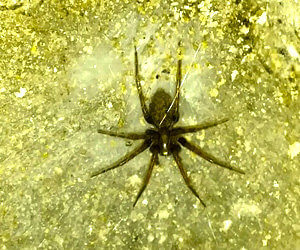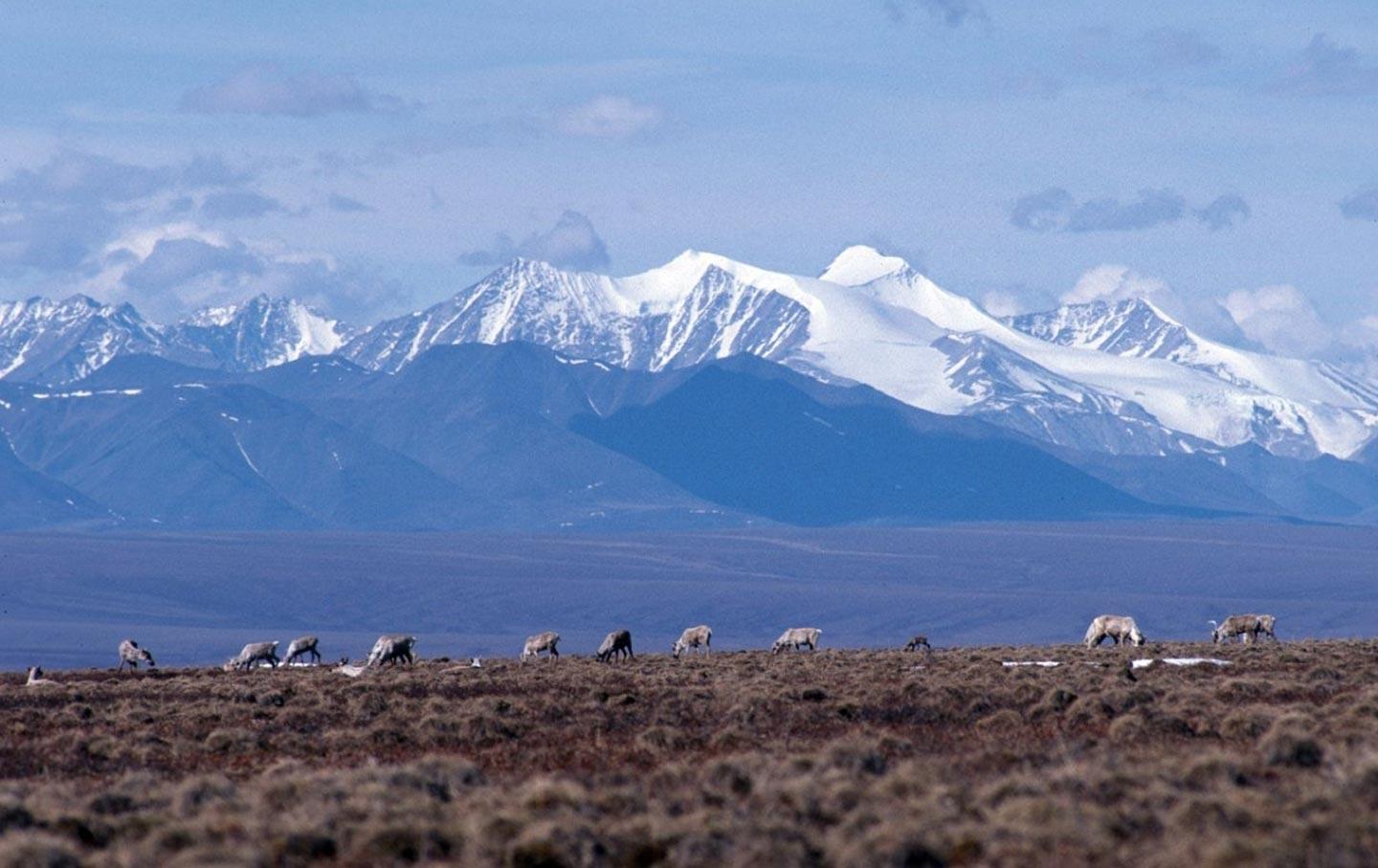Occasional Wildlife
Posted : admin On 3/23/2022Site Directions: On I-75, take exit number 25 in Cleveland, Tennessee. Travel north on Highway 60 through the town of Birchwood. Approximately 1.7 miles north of Birchwood, turn right on Shadden Road. Go one mile and turn right on Blythe Ferry Road. Take the next left on Priddy Lane and follow signs.
Hiwassee Observation Platform -Lat-Long: 35.399978, -84.989953
Hours: day light hours
Occasional Wildlife from Around the World. I decided to put all my old and new miscellaneous pictures of wildlife and such in one place. I haven't done much of that kind of photography, but hopefully that will change! NOTE: Newest images are at the beginning of the gallery.
Seasonality: The refuge is closed from November 15 to the last day in February; however the Observation Platform is open year-round.
Fees: none
- A wildlife Observation Platform is open year-round to visitors. Wildlife to Watch: Hiwassee Refuge has the largest winter flock of Sandhill Cranes in the southeast United States outside of Florida. From the Observation Platform, visitors can view Sandhill Cranes and an occasional endangered Whooping Crane from November through February.
- Wildlife Highlights. Hwange is one of the few places in Zimbabwe to see giraffe.Unusual antelope to look out for include greater kudu, gemsbok, sable and roan antelope. Spotted hyena is commonly seen at dawn and dusk, and the population of wild dogs is one of the largest in Africa. Best Time for Wildlife.
- Wildlife Highlights. The Serengeti is famed for its annual wildebeest migration, when some 8 million hooves cross the open plains, as more than 1,500,000 wildebeest, 200,000 zebra and 300,000 Thomson's gazelle join the trek for fresh grazing.
- Nov 18, 2020 So now that my 7D is showing it’s age, I am seriously considering one of the M models for wildlife & the occasional sport. The M5 wasn't really the greatest action shooter, so I did keep a DSLR around for that (mainly for birding and sports). I was wondering which M model would be best to achieve this.
Site Description: The Hiwassee Wildlife Refuge is 6,000 acres (2,500 acres land and 3,500 acres water [Hiwassee River]) located on Chickamauga Lake at the confluence of the Hiwassee River with the Tennessee River.
Beginning at Hwy 60 (over the Tennessee River, about river mile 499.5), the refuge stretches to around river mile 505 at Armstrong Bend and from the mouth of the Hiwassee River upstream to Hwy 58 at Agency Creek (about river mile 7.4). Included is Hiwassee Island (400 acres).
Of the land area, approximately 30% (750 acres) is agricultural land that is cropped. Crops grown include corn, wheat, soybeans, milo, varieties of millet, and buckwheat.
Most of the refuge is farmed by TWRA personnel. The remaining 70% of the land area (1,750 acres) is a wooded mix, mainly of pine and hardwood forest. A wildlife Observation Platform is open year-round to visitors.
Wildlife to Watch: Hiwassee Refuge has the largest winter flock of Sandhill Cranes in the southeast United States outside of Florida. From the Observation Platform, visitors can view Sandhill Cranes and an occasional endangered Whooping Crane from November through February. Peak numbers of cranes occur in January.
Waterfowl numbers are good for the area of the state with birds visible on the lake below the Observation Platform and on the river in the distance (often only really seen as flybys). Mallard, Gadwall, and Northern Shoveler are the most common ducks, but Canvasback, Ring-necked Duck, among others are found. Bonaparte's Gull and Ring-billed Gull are common in winter.
Great Blue Heron numbers are substantial in winter. Bald Eagle numbers in winter rank among the top five in the state with many often seen from the observation area in winter. A couple pairs of Bald Eagles nest in Hiwassee Refuge. Golden Eagles are rare, but seen annually at Hiwassee Refuge. Osprey are common to abundant from March through September.
In December 2011 - January 2012, a Hooded Crane was present and viewed by several thousand birders from across the entire United States. The Hooded Crane disappeared in late January and 3 days later a Hooded Crane was found with Sandhill Cranes in Indiana.
Highest level of service
Fair Pricing
23+ years Of Experience

Advantage Pest Control is available to solve any pest problem, including pests that aren’t frequently seen in homes, but do find their way inside occasionally. Here is a partial list of some of those pests;


Pantry pests (often brought in with grocery items):
Indian Meal Moths
Red Flour Beetles
Confused Flour Beetles
Cigarette Beetles
Larder Beetles
Saw toothed Grain Beetles
Merchant Grain Beetles
Insects entering from the outside include:
Silverfish
Earwigs
Sow Bugs
Centipedes
Millipedes
Spiders
Clover Mites
Stink bugs (or Western Conifer Seed Bugs)
And many other insects
These pests can live in your pantry, walls, basements, attics, crawl-spaces, behind tub enclosures and other various locations within your home or business. Advantage Pest Control has highly skilled, licensed technicians ready to inspect your property and solve your pest problems. Please call today to schedule an inspection and or service, whatever your pest issue is we’re prepared to solve it.
Contact us today to schedule an appointment for your pest control and prevention needs!
Office Location
Occasional Wildlife Meaning

Phone
Occasional Wildlife Images
